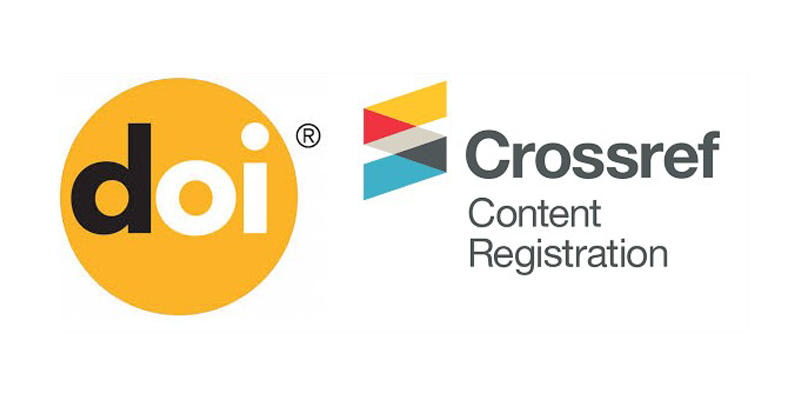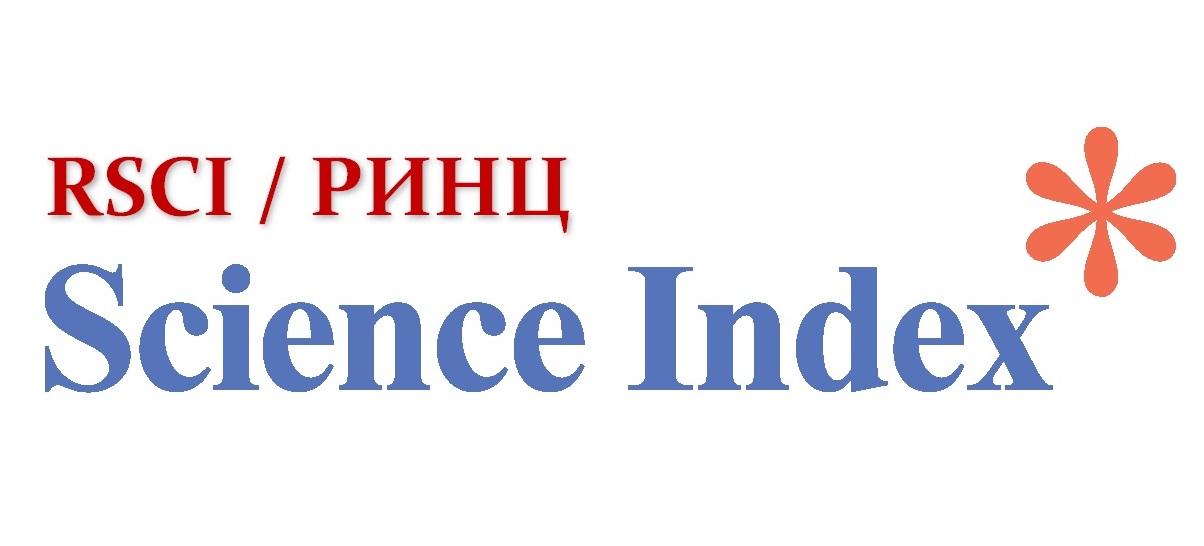Induced RNA interference and its impact on potato virus amplification in plants
Views: 267 / PDF downloads: 210
DOI:
https://doi.org/10.32523/2616-7034-2025-150-1-22-38Keywords:
potato virus, RNA interference, CRISPR/Cas13, gene editing, virus suppression, molecular tools, sustainable agriculture, transgene-free technologyAbstract
Viral diseases in potato crops, especially Potato virus Y (PVY), Potato leafroll virus (PLRV), Potato virus M (PVM), and Potato spindle tuber viroid (PSTVd), are particularly difficult to control and represent an important problem for worldwide agriculture. In this study, we assessed the antiviral potency of RNA interference (RNAi) and CRISPR/Cas13 technologies in lowering viral titers and preventing pathogenesis.
Potato plants were inoculated with individual and combined viral pathogens and subsequently treated with constructs containing gRNA, sense, and antisense sequences used for both RNAi and Cas13-mediated degradation of the viral RNA. Quantitative PCR (qPCR) was utilized to measure RNA levels, and disease progression was observed for three weeks. Expression of Cas13 was confirmed by fluorescence microscopy and Western blot. Results of the RNAi constructs lowered levels of viral RNA up to 85% for PVY and 78% for PLRV. CRISPR/Cas13 constructs yielded even greater suppression rates (≥90% in some treatments) with marked symptom alleviation. Synergistic effects of constructs targeting multiple targets were observed with the greatest decreases in viral loads and disease severity. The differences were statistically significant (p < 0.05) between treated and control plants. This research demonstrates that RNAi and CRISPR/Cas13 can enhance potato resistance to viral infections. Providing a scalable, transgene-free approach to disease control, these methods contribute to sustainable agriculture and global food security.







